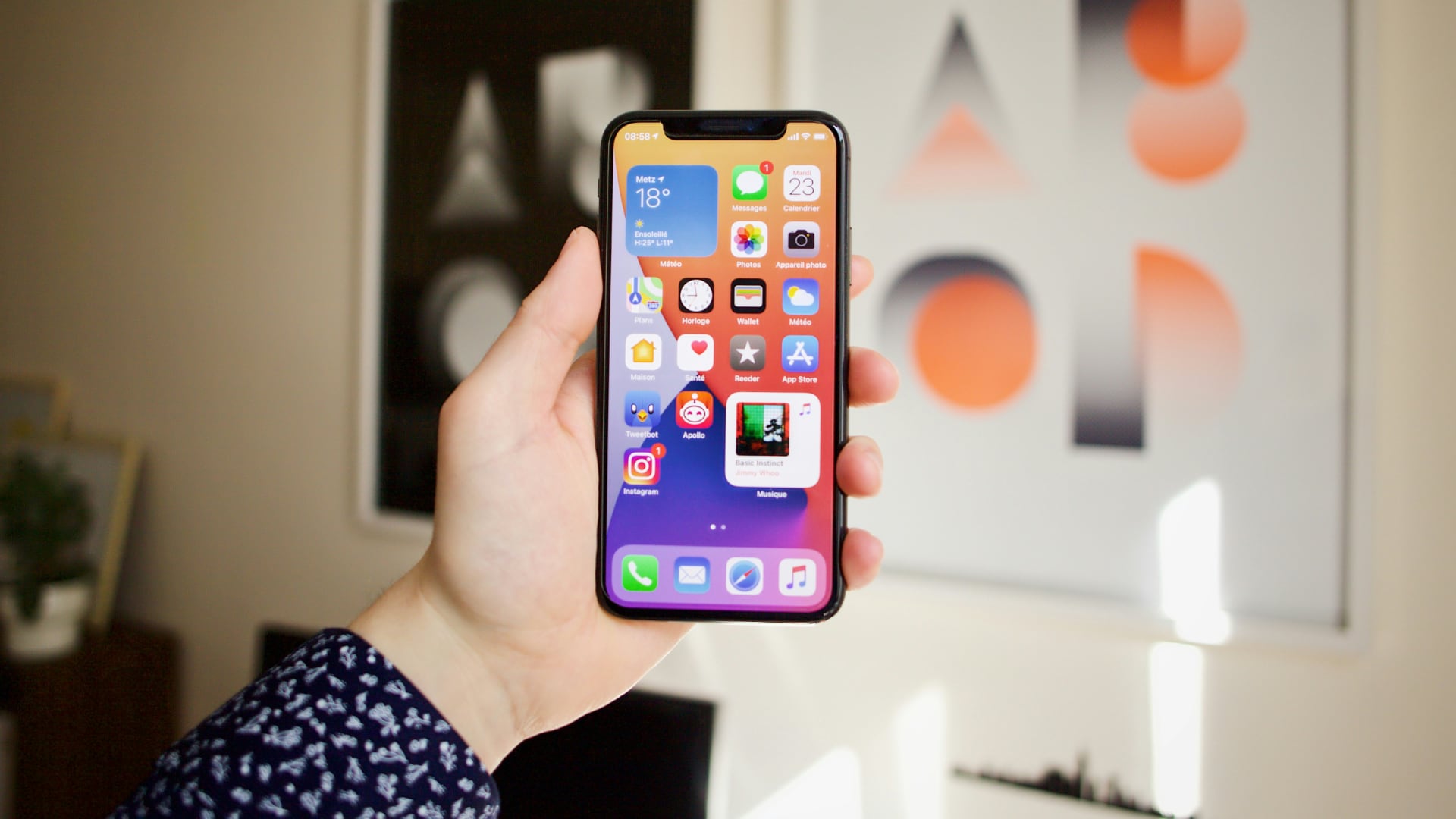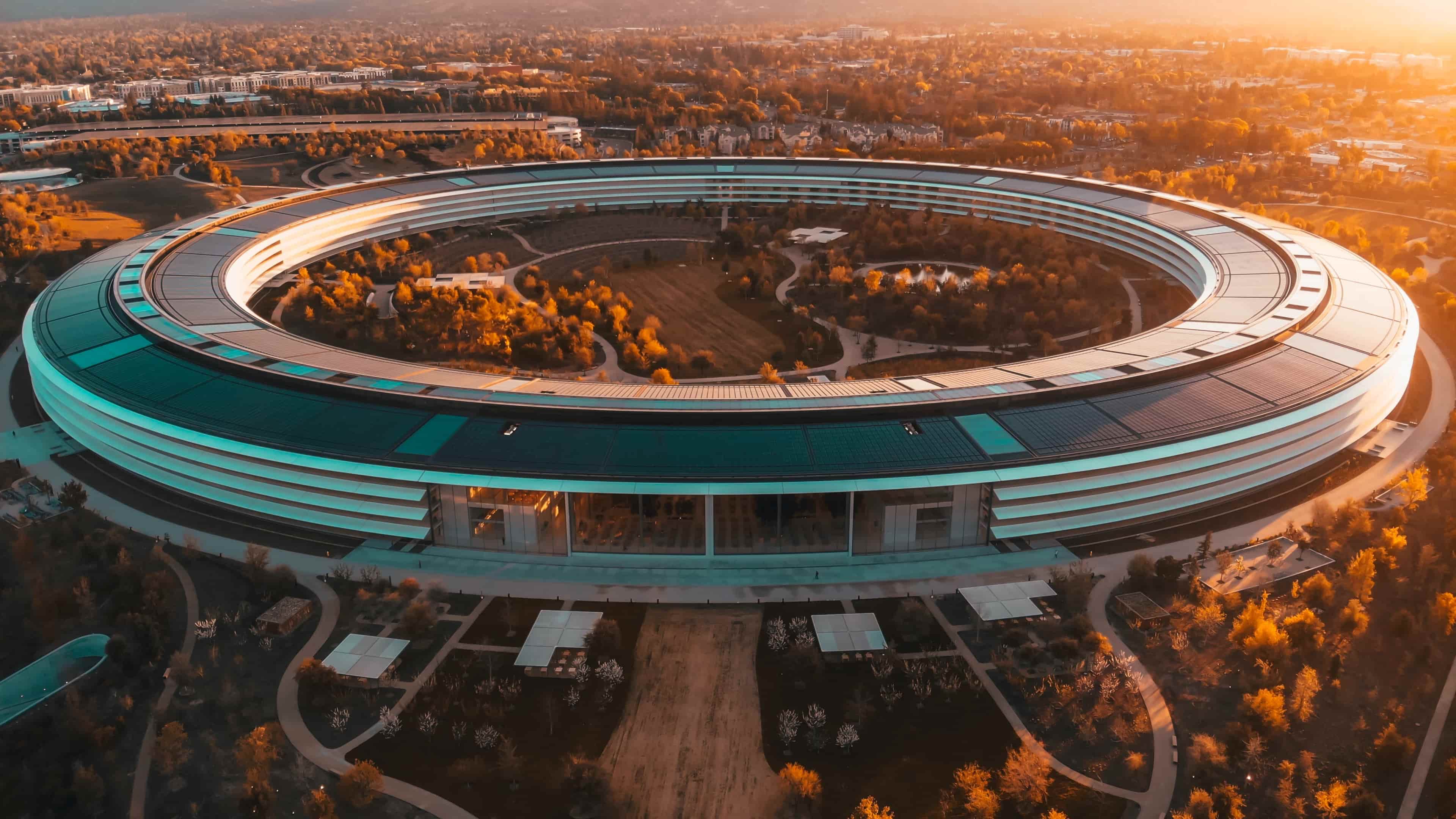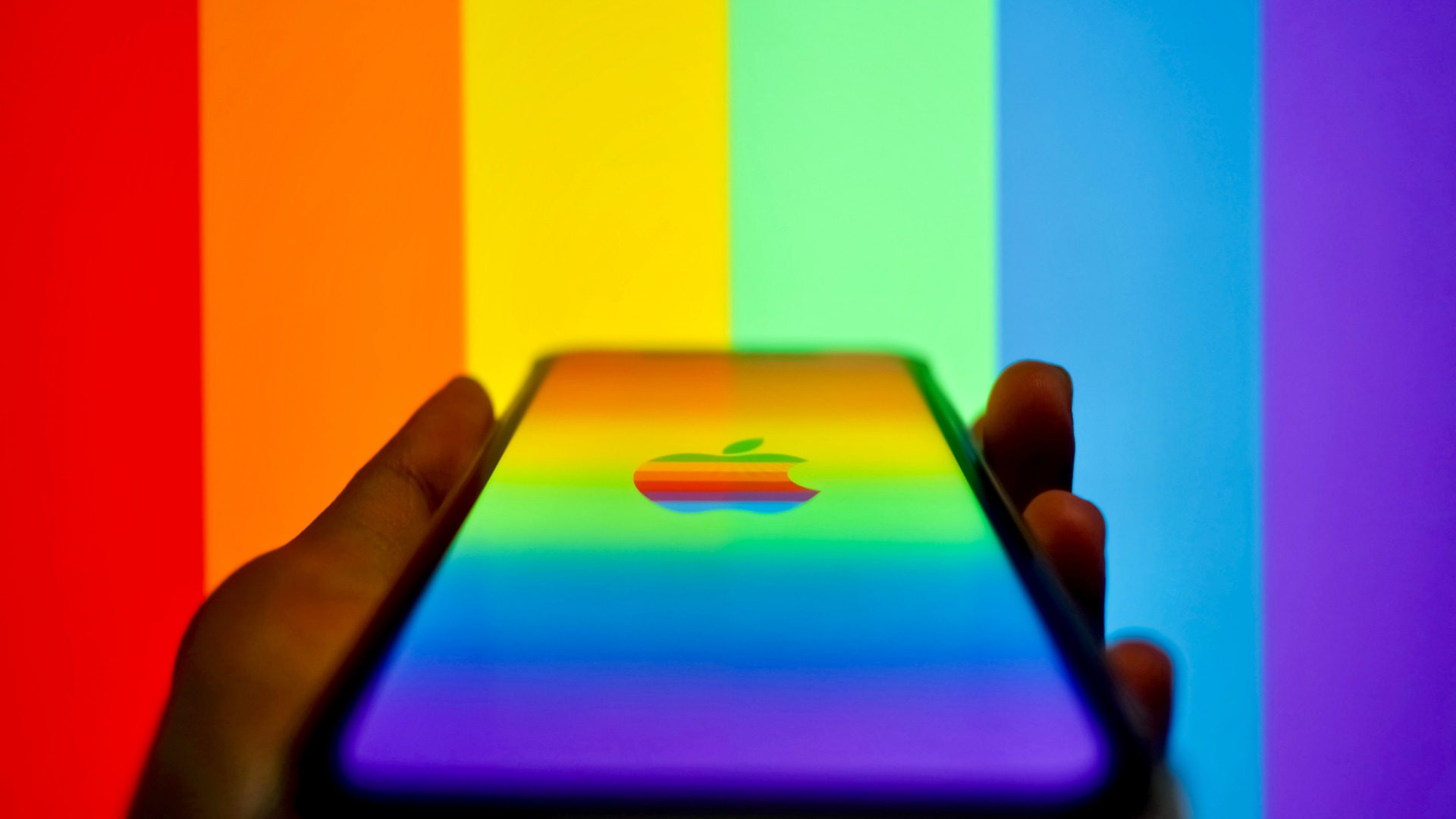Apple has allegedly delayed (again) a rumored iPhone that would hide a Face ID sensor array under the display, thereby killing the notch, until 2027.

Apple has been expected to launch a notch-less iPhone without Dynamic Island or any display cutouts this year, but an Omdia researcher cited by The Elec claims that under-panel Face ID has been pushed back until 2027.
They also predicted the Cupertino company would release a phone/tablet hybrid in 2026, packing a display measuring between seven and eight inches when unfolded.
Rumor: iPhone SE 4 in 2025, a foldable iPhone in 2026, under-screen Face ID in 2027
After the pandemic, Apple was supposed to produce an iPhone with a sub-display Face ID. Reliable analyst Ming-Chi Kuo has predicted that this year’s upcoming iPhone 16 Pro and iPhone 16 Pro Max models would have under-panel Face ID.
But Omdia’s senior market researcher Kang Min-soo told the audience at the 2024 Korea Display Conference in Seoul that under-display Face ID would debut on the iPhone 18 Pro and iPhone 18 Pro Max models in 2026.
He also offered his thoughts on the next iPhone SE, which he thinks will launch in 2025, featuring a redesigned appearance and no Home button.
The device is expected to have an OLED panel that supports the ProMotion and Always-On display features. He also expects the standard iPhone 17 models coming next year to adopt ProMotion and Always-On technologies.
We reported separately that Min-soo doesn’t expect the first OLED-based iPad Air until 2028 at the earliest.
Take this rumor with a pinch of salt
But how accurate could this rumor be? We wouldn’t bet on it but don’t dismiss it either. Omdia certainly isn’t a known source of Apple rumors, nor is the Korea Display Conference. The Elec, on the other hand, has an established track record based on its sources entrenched in Apple’s supply chain.
Please let a foldable iPhone be reliable
A foldable iPhone and under-display Face ID have been in the works for years and have been delayed a couple of times. In the meantime, Apple’s rivals have been offering folding smartphones.

As a result, some projects, like foldable devices, may have been delayed, while shorter-term ones (like iOS 18 and generative AI) may have been prioritized. Apple probably doesn’t want to release a half-baked product like today’s foldable devices, which have reliability and usability issues.
Is under-panel Face ID feasible in the first place?
The technology for sub-display Face ID isn’t there yet. Sure, there are phones with under-panel cameras, but Face ID isn’t just a camera; it’s a sensor array comprising a laser dot projector, a flood illuminator module and an infrared camera.

So this transition is underway, but the laser dot projector and the infrared camera are still above the display, and it’s unclear if they could be put underneath without affecting Face ID’s reliability or image quality.
Even if that is possible, what about the FaceTime camera? No one has put a smartphone camera behind the display without significantly degrading image quality and performance.